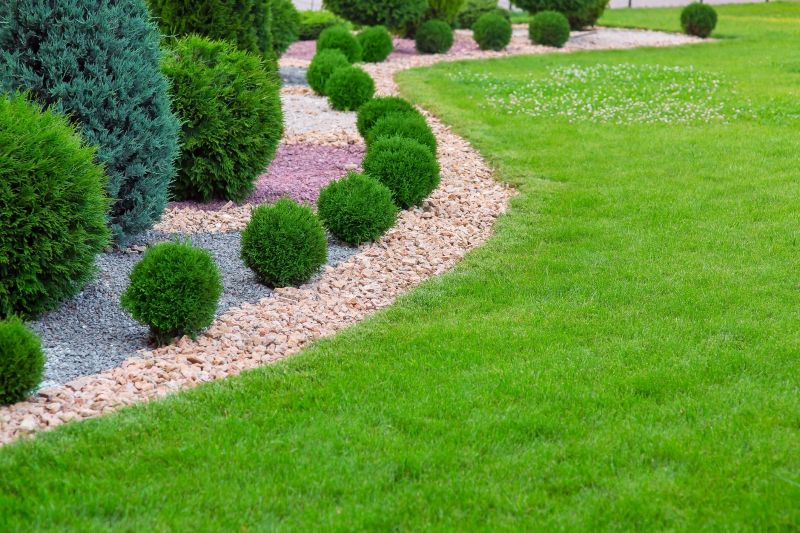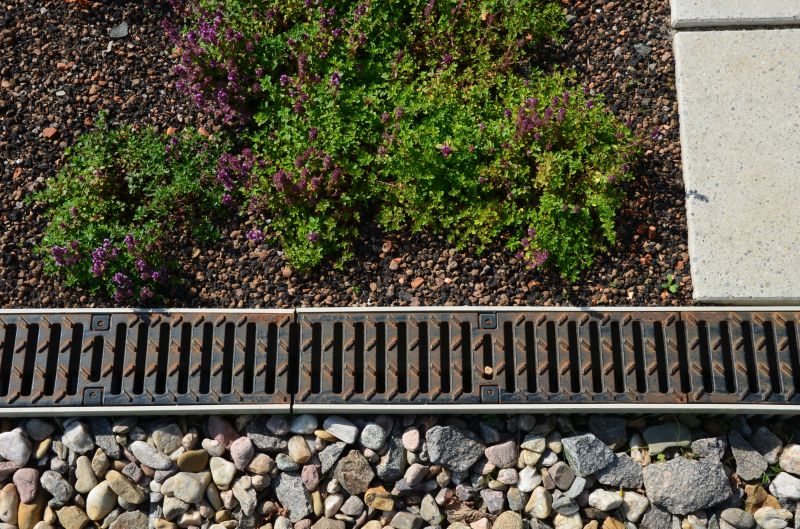How Gravel Gradings Affect Surface Stability
Gravel gradings refer to the classification of gravel particles based on their size and distribution. Proper grading ensures stability, drainage, and durability in construction and landscaping projects. Understanding the different types of gravel gradings helps in selecting the right material for specific applications, whether for driveways, pathways, or foundation bases.

Coarse gravel consists of larger particles, providing excellent drainage and stability for structural bases.

Medium-sized gravel offers a balance between compaction and drainage, suitable for various landscaping needs.

Fine gravel particles are ideal for finishing layers and decorative purposes, offering smooth surfaces.
The distribution of gravel particles significantly impacts the performance of a gravel layer. Well-graded gravel contains a mix of particle sizes, which allows for better compaction and minimizes voids. This results in a more stable surface that resists shifting and settling over time. Conversely, poorly graded gravel may lead to uneven surfaces and reduced load-bearing capacity.
Statistics indicate that properly graded gravel can improve drainage efficiency by up to 30% compared to ungraded or poorly graded materials. The particle size distribution influences the density and strength of the gravel layer, which are critical factors in construction projects. Selecting the appropriate grading ensures longevity and reduces the need for frequent maintenance.

A well-compacted gravel layer provides a stable foundation for roads and pathways.

Gravel with fine grading enhances aesthetic appeal in landscape designs.

Gravel gradings optimize water flow and prevent pooling.

Properly graded gravel supports structural integrity in building foundations.
The process of gravel grading involves screening and sorting material into designated particle size ranges. A professional typically takes a few hours to complete grading for small to medium projects, ensuring proper compaction and adherence to specifications. Larger projects may require additional time and equipment for thorough grading and testing.
Hiring a professional for gravel grading ensures that the material is correctly sorted and compacted, which is vital for the longevity and performance of the installed surface. Experts utilize specialized equipment to achieve uniform compaction and precise grading, reducing the risk of future issues such as settling or erosion.
Bottom section with images of completed gravel grading projects showcases the quality and precision of professional work. These visuals demonstrate the neatness, stability, and drainage capabilities achieved through proper grading techniques.



